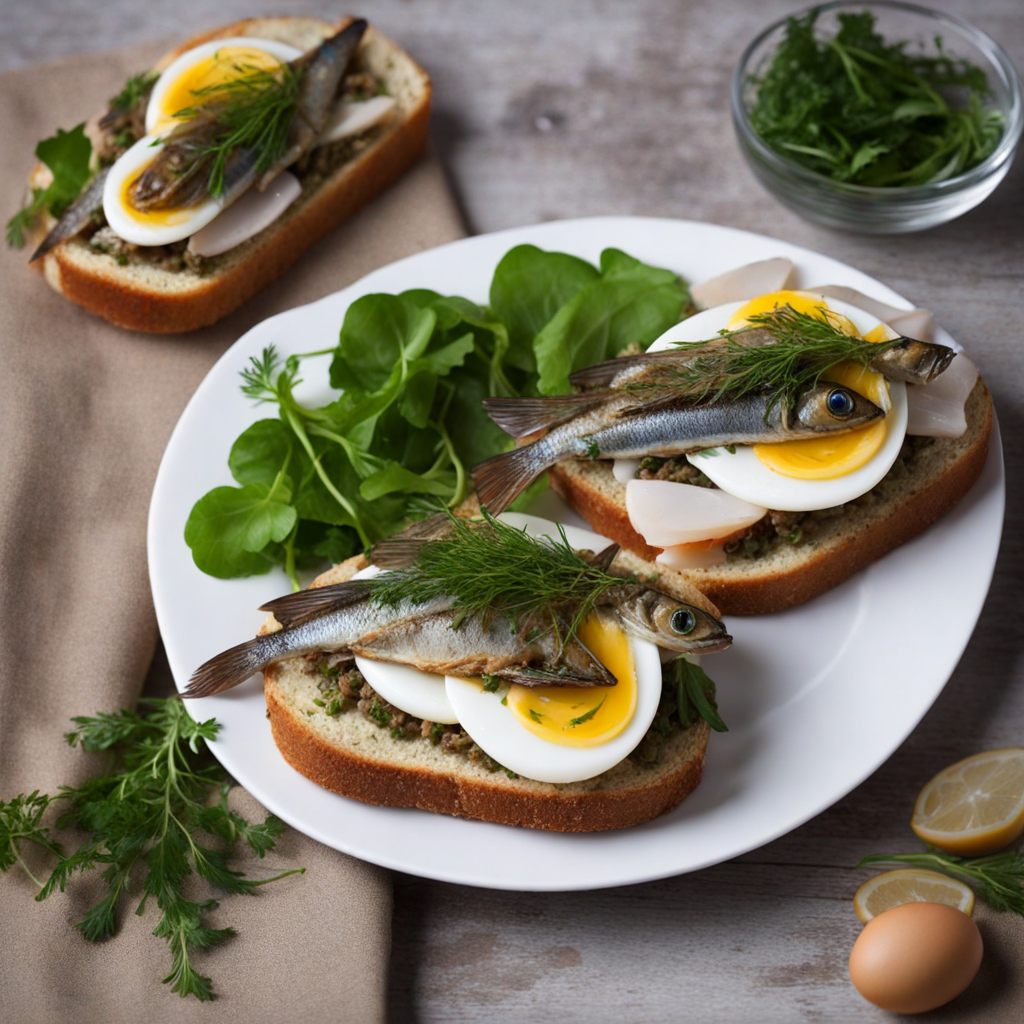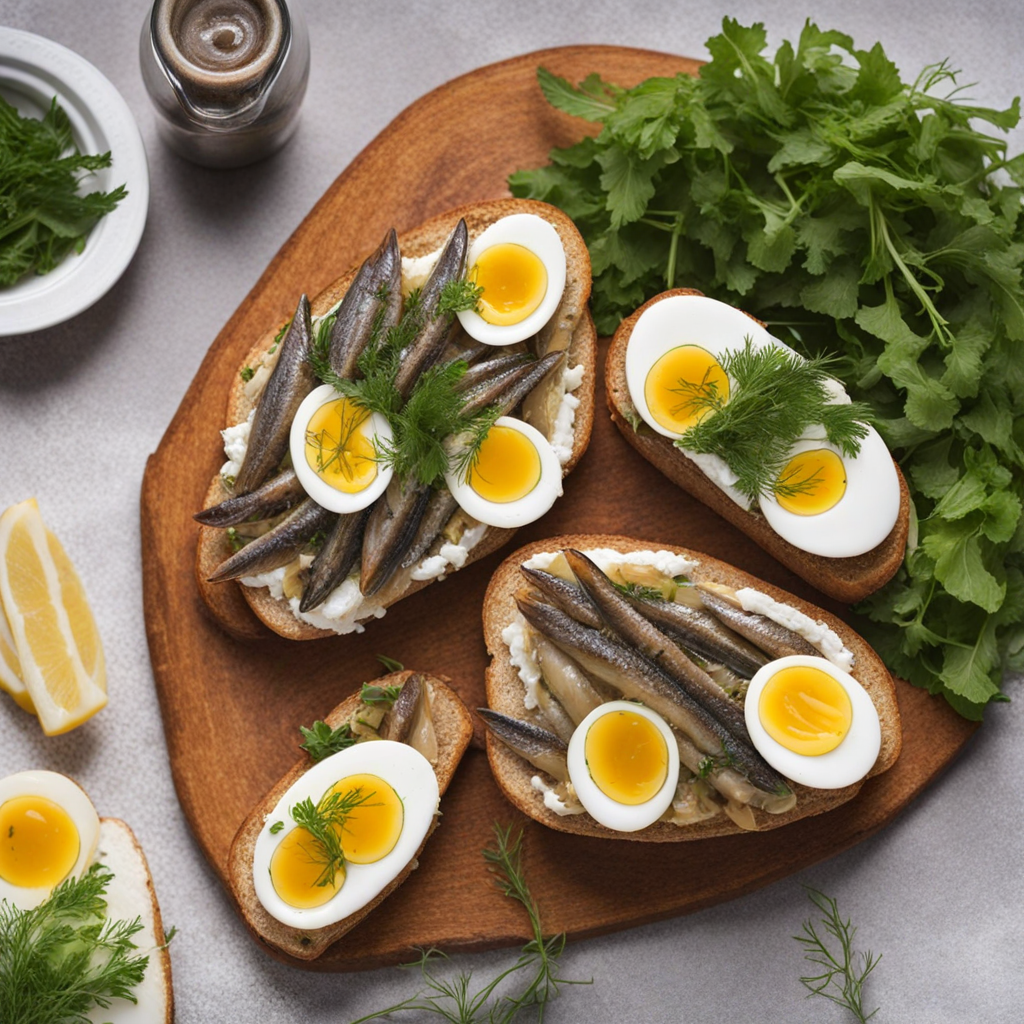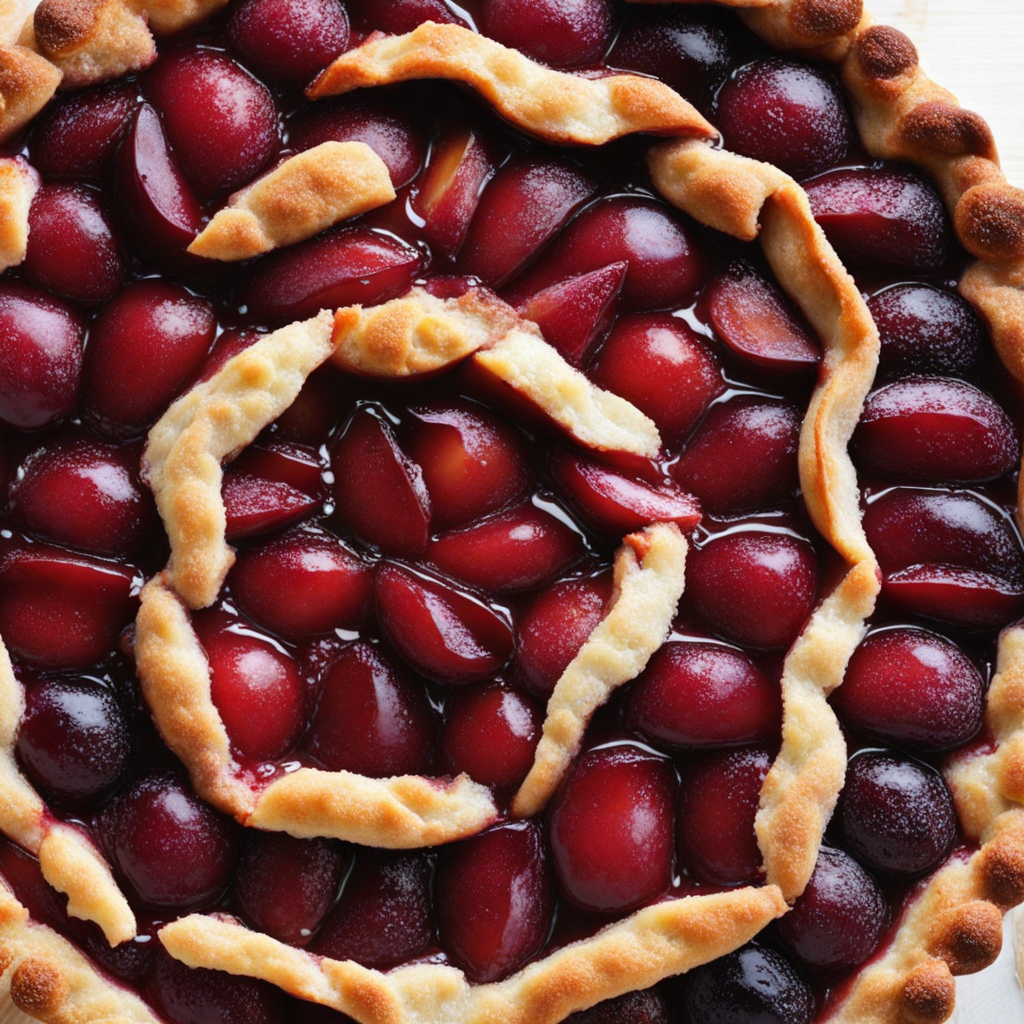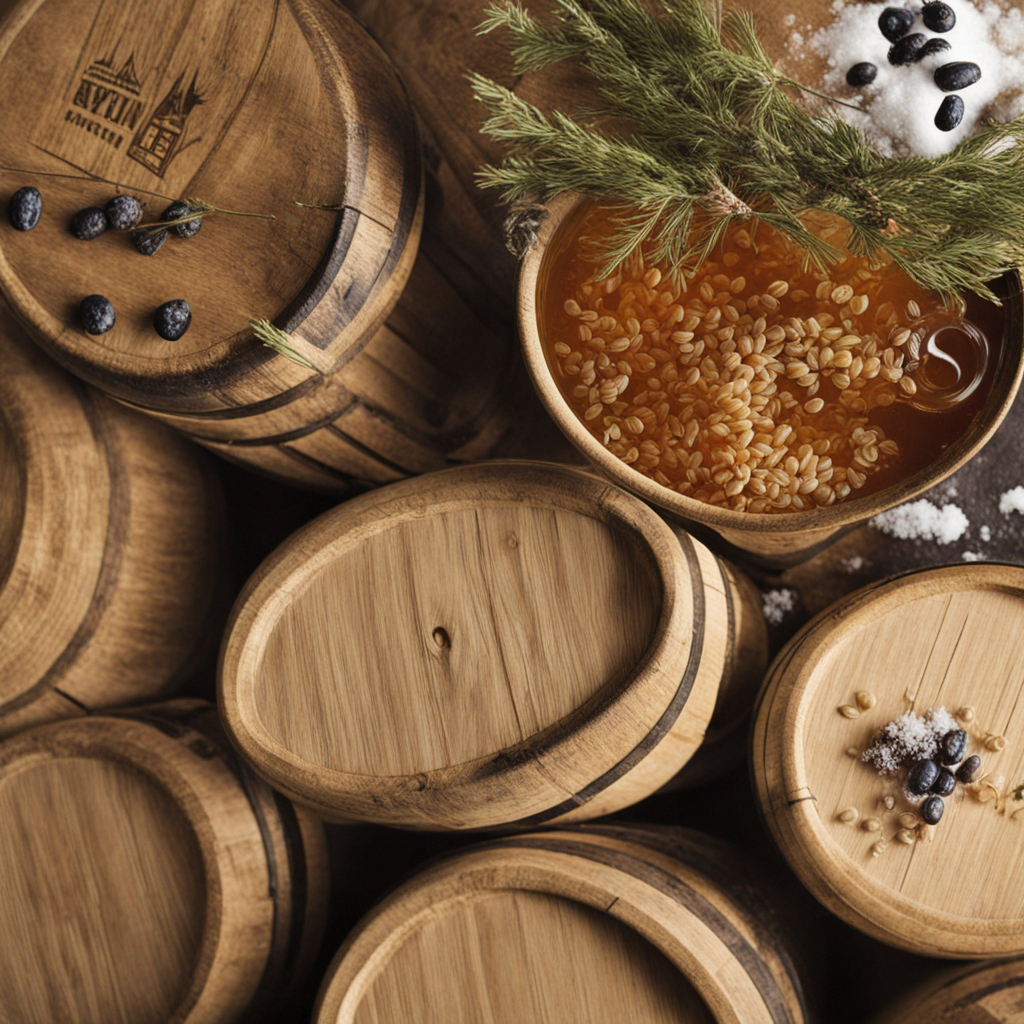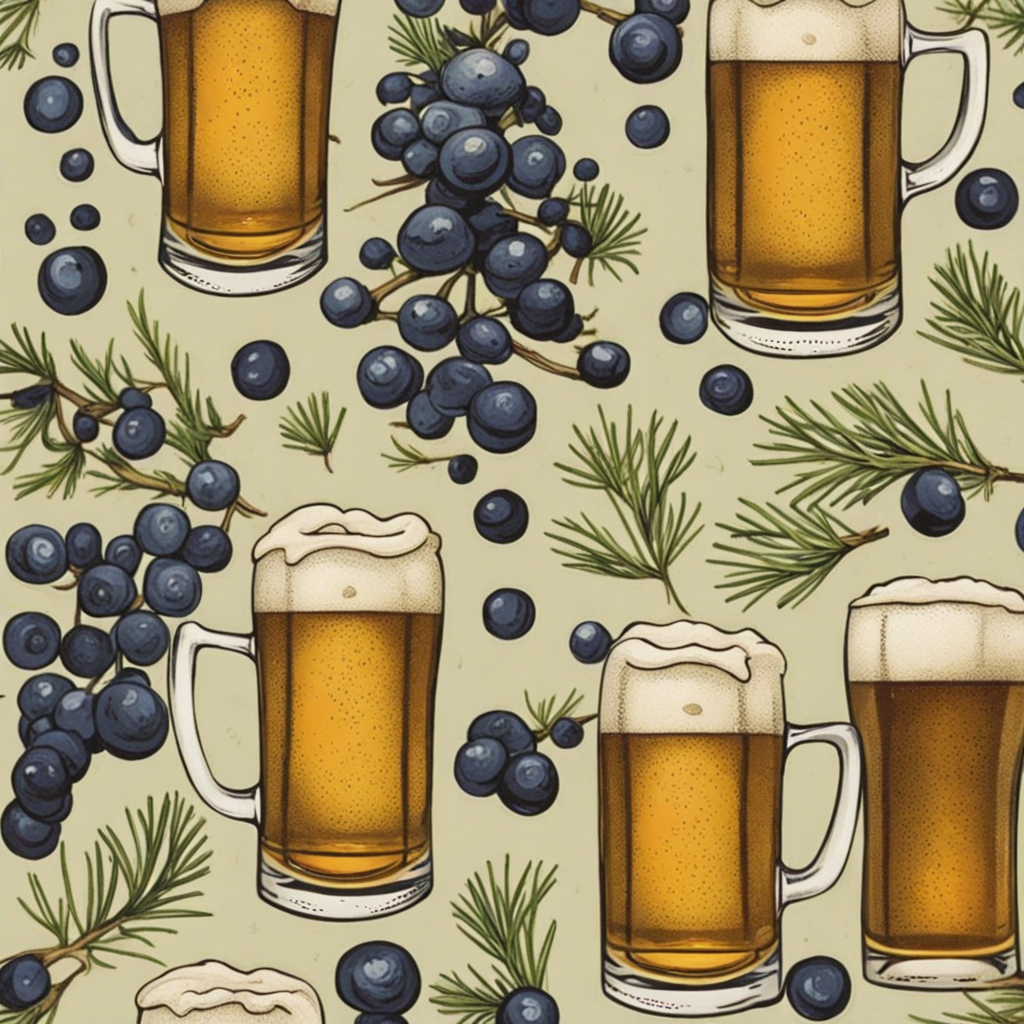Kiluvõileib
Kiluvõileib is a delightful Estonian open-faced sandwich that offers a unique combination of flavors and textures. At its core, this dish features a base of dark rye bread, which is beloved in Estonia for its earthy taste and dense texture. The bread is often topped with a generous layer of butter, enhancing its rich flavor and providing a luscious backdrop for the ingredients that follow. The use of rye is not just traditional; it also serves to complement the other toppings beautifully, creating a well-rounded bite with every mouthful. One of the star ingredients of Kiluvõileib is the marinated sprats, small fish that are usually pickled or preserved. Their salty, umami-rich profile adds a depth of flavor that is both bold and satisfying. The sprats are often layered atop the buttered rye, providing a delightful contrast to the creamy texture of the butter. Additionally, it is common to find slices of hard-boiled eggs, which contribute a mild, protein-rich element to the sandwich, balancing the saltiness of the fish and enhancing the overall taste experience. To finish off this culinary creation, Kiluvõileib is typically garnished with fresh herbs, such as dill or parsley, and sometimes sliced radishes or onions for an added crunch. These garnishes not only enhance the visual appeal but also introduce a fresh brightness that cuts through the richness of the other ingredients. The result is a snack that is not only hearty and flavorful but also refreshing, making Kiluvõileib a beloved choice for both casual gatherings and festive occasions in Estonia.
How It Became This Dish
The History of Kiluvõileib: Estonia's Iconic Sprat Sandwich Kiluvõileib, a beloved dish in Estonia, is much more than just a sandwich; it is a cultural artifact, a symbol of national identity, and a testament to the country’s rich culinary heritage. This open-faced sandwich features a base of dark rye bread, topped generously with marinated sprats, often accompanied by a colorful array of garnishes. Its roots run deep in Estonia’s history and culture, reflecting the country’s connection to the sea, agricultural practices, and the resilience of its people throughout various socio-political changes. #### Origins: A Maritime Tradition The history of kiluvõileib can be traced back to the coastal regions of Estonia, where fishing has been a way of life for centuries. Sprats, small fish found in the Baltic Sea, have been a staple in Estonian diets since at least the Middle Ages. Their abundance in local waters made them a common catch for fishermen, and their preservation through salting or smoking ensured that they could be enjoyed throughout the year, even during the long, harsh winters. The use of rye bread as a base for the sandwich is also significant. Rye has been cultivated in Estonia since ancient times, thriving in the country’s cool climate and poor soil conditions where other grains might struggle. The dark, hearty rye bread is a staple in Estonian cuisine, serving not only as a sustenance provider but also as a symbol of home and comfort. #### Cultural Significance: A National Dish Kiluvõileib is more than just an everyday meal; it has become a symbol of Estonian identity. During the Soviet occupation from 1940 to 1991, traditional Estonian foods were often suppressed or replaced by Soviet culinary influences. However, kiluvõileib persisted as a reminder of Estonia’s culinary heritage. It was enjoyed during family gatherings, festive occasions, and national holidays, representing the resilience of the Estonian people and their enduring connection to their land and sea. The sandwich's popularity soared in the 1980s during the Singing Revolution, a peaceful movement that sought to restore Estonia's independence. Food became a rallying point for national pride, and kiluvõileib emerged as a symbol of the country’s cultural revival. It was served at numerous gatherings, festivals, and public events, reinforcing its status as a national dish. Today, it is a staple at celebrations, weddings, and local restaurants, embodying a sense of nostalgia and unity among Estonians. #### Development Over Time: From Simple Fare to Culinary Art As Estonia transitioned from Soviet rule to independence, the culinary scene began to evolve. While kiluvõileib remained a beloved traditional dish, contemporary chefs started to explore its potential, elevating it from simple fare to an art form. Chefs began to experiment with different toppings and presentations, incorporating a variety of ingredients such as pickled vegetables, fresh herbs, and artisanal cheeses. This reimagining of kiluvõileib reflects a broader trend in Estonian cuisine, which seeks to blend traditional flavors with modern techniques and global influences. One notable development in the evolution of kiluvõileib is the use of locally sourced and organic ingredients. As Estonia embraced the farm-to-table movement, many chefs prioritized sustainability and local production. Sprats, often sourced from local fisheries, are now prepared in various ways—smoked, pickled, or marinated in house-made brines, adding unique flavors to the sandwich. Toppings have also diversified, with options ranging from creamy spreads to microgreens, showcasing the country’s rich agricultural produce. Additionally, the presentation of kiluvõileib has evolved. While traditional versions may have been rustic and straightforward, contemporary interpretations often feature artistic plating and a vibrant array of colors, appealing to both the palate and the eye. This culinary renaissance has made kiluvõileib a popular choice not only in homes but also in upscale restaurants, where it is celebrated as a fusion of heritage and innovation. #### Kiluvõileib in Modern Culture Today, kiluvõileib holds a cherished place in Estonia’s culinary landscape, celebrated for its simplicity, flavor, and cultural significance. It is often featured in food festivals, such as the Tallinn Food Festival, where chefs showcase their creative versions, and in street food markets, where locals and tourists alike can enjoy this iconic dish. Its popularity extends beyond borders, with Estonian expatriates and food enthusiasts around the world seeking out ways to recreate this taste of home. Moreover, kiluvõileib has become a point of pride for Estonians, often shared among friends and family during gatherings or enjoyed as a quick snack. Its accessibility and versatility make it a favorite among all age groups, from children who delight in its flavor to adults who appreciate its connection to their heritage. #### Conclusion: A Legacy of Flavor and Identity Kiluvõileib encapsulates the essence of Estonian culture—a celebration of the land, the sea, and the enduring spirit of its people. From its humble origins as a practical meal for fishermen to its status as a beloved national dish, kiluvõileib tells a story of resilience, adaptation, and pride. As Estonia continues to navigate the complexities of modernity while cherishing its traditions, kiluvõileib stands as a delicious reminder of the past and a symbol of the future. Whether enjoyed in a cozy café in Tallinn or shared among friends at a summer picnic, this iconic sprat sandwich is more than food; it is a testament to the heart and soul of Estonia, a flavorful narrative woven into the fabric of the nation.
You may like
Discover local flavors from Estonia


